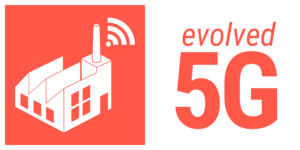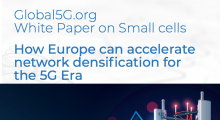EVOLVED-5G - Localisation of a Robot within an industrial environment
The use case overall focuses on leveraging the capabilities of a 5G network with an application that enables the robot to determine to which 5G cell it is connected. This feature allows the robot to adapt its behaviour based on the specific zone it is operating in. It can be used to tailor the robot’s navigation in complex industrial environments, optimise path planning, and avoid collisions with obstacles or human workers. Additionally, integrating a 5G cell network provides extensive coverage, ensuring a reliable and continuous connection between the robot and the network. This eliminates potential blind spots and guarantees uninterrupted communication, enhancing the reliability and effectiveness of the localisation network application.
The use case can be divided into two main sub-use cases:
Adaptative Speed Control
The first use case consists of one Tiago robot which autonomously navigates in an indoor environment. The robot changes its speed depending on the area it is in (Free area or Crowded area). A lower speed is used when the robot finds itself in an area defined as crowded, while a higher speed is used in an area defined as free. Thus, the robot traverses the indoor environment, switching from one area to another. Each time a change of area is detected, the robot moves at the predefined velocity for each zone.
Autonomous package delivery
The second use case consists of one Tiago robot and one MiR250 robot that autonomously navigates through an indoor environment. In this use case, the Tiago delivers one item on top of the other robot, which acts as a platform. The use case reflects the orchestration of a fleet of mobile robots to enable the centralised control of autonomous mobile robots to perform logistics tasks.




